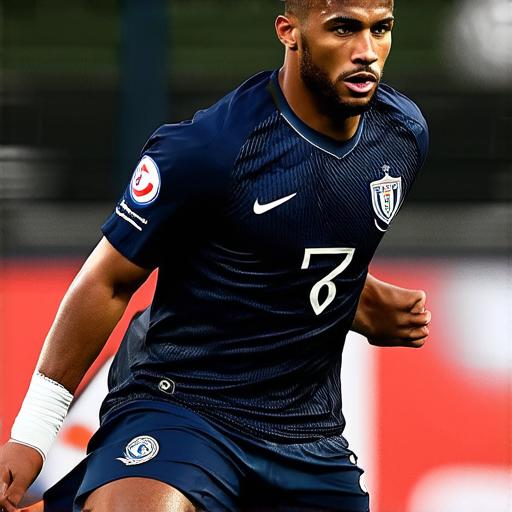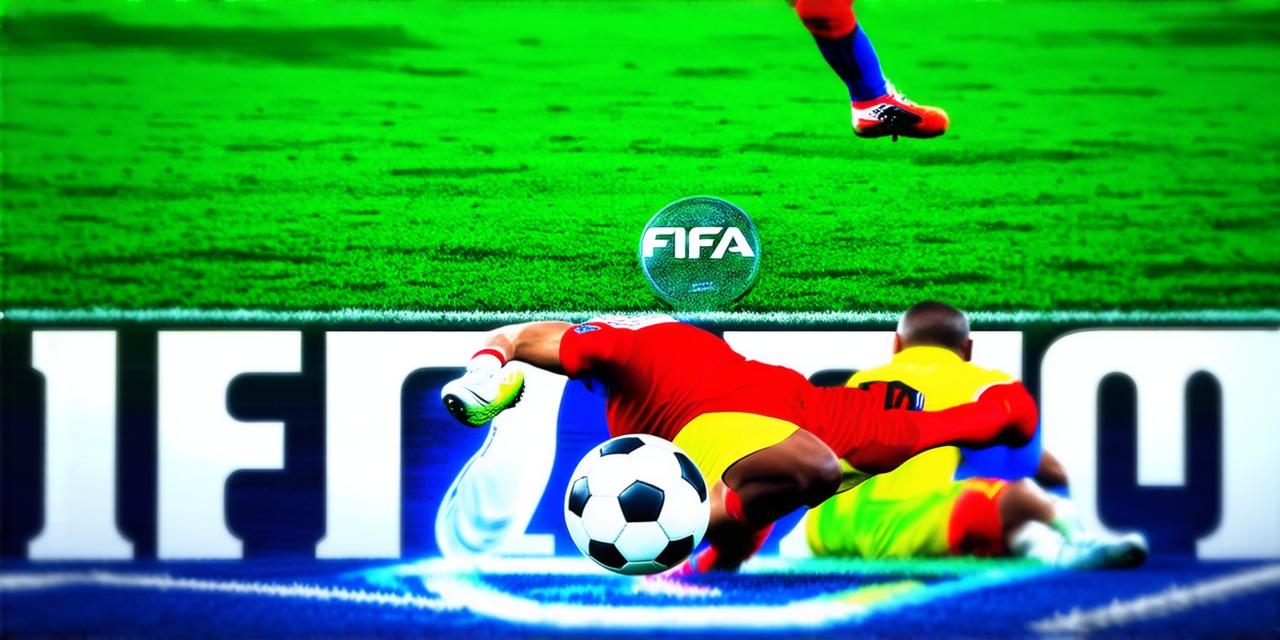Introduction
FIFA is one of the most popular video game franchises in the world, with millions of players worldwide. The FIFA series features real-life football teams, players, and leagues, making it an attractive option for gamers who love the sport. However, some have raised concerns about the impact of FIFA video games on real-life football. In this article, we will explore the various ways in which FIFA video games influence real-life football and how developers can mitigate negative effects.

The Connection between FIFA Video Games and Real-Life Football
FIFA video games feature a variety of elements that make them highly engaging for players. These include realistic graphics, sound effects, gameplay mechanics, and player attributes that mimic real-life players’ skills and abilities. However, the question arises: how does this impact real-life football?
One of the most significant ways in which FIFA video games influence real-life football is through the transfer market. FIFA games allow players to buy and sell players from different teams, creating a virtual market that mirrors the real-world transfer market. This has led to increased competition for talented players, as well as inflated transfer fees and contract values.
FIFA video games also impact real-life football through player development and training. The game provides players with access to a range of training drills and techniques that can improve their skills and abilities. As a result, some players have reportedly used FIFA video games as an alternative means of developing their skills, potentially leading to a gap in the skills of players who do not have access to these resources.
FIFA video games also impact real-life football through player injuries. Injuries are a common occurrence in real-life football, and the same is true for FIFA video games. However, because FIFA video games are virtual simulations, there is no risk of injury to real players. This has led some critics to argue that FIFA video games could contribute to an unhealthy culture of risk-taking on the field.
Mitigating Negative Effects
While the impact of FIFA video games on real-life football is significant, there are ways in which developers can mitigate negative effects. One approach is to limit the amount of time players can spend playing FIFA video games, as excessive gaming has been linked to a range of negative health effects, including sleep deprivation and social isolation.
Developers could also incorporate more educational elements into their games, such as teaching players about the history of football or the importance of sportsmanship. This would help to promote positive values and behaviors in real-life football, while still allowing players to enjoy the game.
Case Studies: FIFA’s Impact on Real-Life Football
There have been several examples of how FIFA video games have impacted real-life football in recent years. One such example is the transfer market phenomenon known as “FIFA inflation.” This occurs when the value of players in the real world rises in response to their popularity in FIFA video games. For example, after being featured in FIFA 14, Argentine soccer player Lionel Messi saw his value increase by a significant margin.
Another example is the influence of FIFA video games on youth development programs. Many young players have reportedly used FIFA video games as an alternative means of developing their skills and abilities, potentially leading to a gap in the skills of players who do not have access to these resources. For example, a study conducted by researchers at the University of Cambridge found that children who spent more time playing FIFA video games were less likely to engage in physical activity and had lower levels of physical fitness than those who did not play the game.
Conclusion
FIFA video games are highly popular and engaging for players worldwide. However, there have been concerns about the impact of these games on real-life football, including the transfer market, player development, and injuries. While the effects are significant, developers can mitigate negative impacts by limiting gaming time, incorporating educational elements, and promoting positive values and behaviors. Ultimately, it is up to both developers and players to use FIFA video games responsibly and in moderation, to ensure that the game remains an enjoyable and beneficial pastime for all involved.
